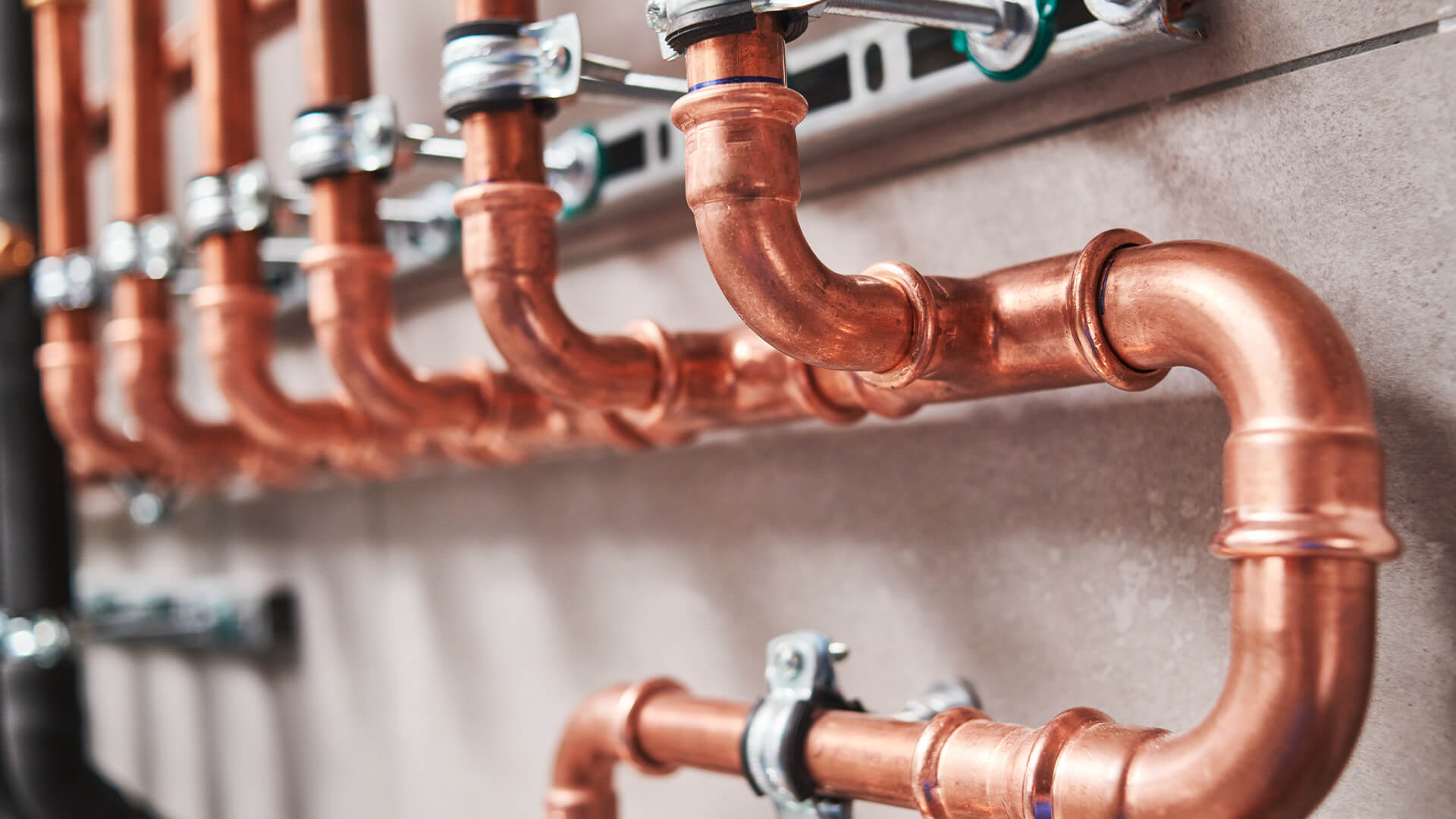

Articles
How To Repair Copper Plumbing Pipe
Modified: December 7, 2023
Discover effective techniques and step-by-step guides in our collection of articles on how to repair copper plumbing pipes. Gain valuable insights from expert plumbers and ensure your DIY projects are successful.
(Many of the links in this article redirect to a specific reviewed product. Your purchase of these products through affiliate links helps to generate commission for Storables.com, at no extra cost. Learn more)
Introduction
Welcome to this comprehensive guide on how to repair copper plumbing pipe. Copper pipes are commonly used in plumbing systems due to their durability and resistance to corrosion. However, over time, these pipes may develop leaks or other issues that require repair. Knowing how to fix copper plumbing pipe can save you time and money, while also ensuring the integrity of your plumbing system. In this article, we will walk you through the step-by-step process of repairing copper pipes.
Before we delve into the repair process, it’s important to note that while some minor repairs can be done by DIY enthusiasts, more complex issues may require the expertise of a professional plumber. If you are unsure of your abilities or the extent of the problem, it’s always best to seek professional assistance.
Now, let’s gather the necessary tools and materials before we begin the repair process.
Key Takeaways:
- Repairing copper plumbing pipes requires proper identification of issues, meticulous preparation, precise cutting, and expert soldering. Following the step-by-step guide ensures a successful and long-lasting repair.
- Regular maintenance and inspections are crucial for preventing future issues and prolonging the lifespan of copper plumbing pipes. When in doubt, seeking professional assistance is always the best course of action.
Read more: How To Repair PVC Plumbing Pipe
Tools and Materials Needed
Before you start repairing your copper plumbing pipe, make sure you have the following tools and materials at hand:
- Safety goggles and gloves – It’s important to protect your eyes and hands while working with plumbing materials.
- Pipe cutter – This tool is used to cut through the copper pipe.
- Emery cloth or sandpaper – Use sandpaper or emery cloth to clean the ends of the pipes and remove any burrs or debris.
- Flux – Flux is a chemical compound used to clean and prepare the surfaces of the copper pipe for soldering.
- Soldering torch – A propane torch or a butane torch can be used to heat and melt the solder onto the joints.
- Solder wire – Use lead-free solder wire specifically designed for copper plumbing pipes.
- Pipe fittings – Depending on the type of repair needed, you may require elbows, couplings, or other fittings.
- Measuring tape – Use a measuring tape to accurately measure the length of the replacement pipe.
- Hacksaw – A hacksaw can be used if you need to cut the replacement pipe to the desired length.
- Pipe reamer or deburring tool – This tool is used to remove any rough edges or burrs on the inside of the pipe.
- Bucket or container – Have a bucket or container ready to catch any water that may come out when you disconnect the pipes.
- Rags or towels – Keep some rags or towels nearby to wipe up any spills or excess water.
Having these tools and materials readily available will make the repair process smoother and more efficient. Let’s move on to the next step, where we’ll identify the problem with your copper plumbing pipe.
Step 1: Identify the Problem
Before you can begin the repair process, it’s important to properly identify the problem with your copper plumbing pipe. Common issues you may encounter include leaks, cracks, or corrosion. To identify the exact problem, follow these steps:
- Inspect the pipe visually – Look for any visible signs of damage, such as wet spots, discoloration, or bulges in the pipe.
- Check for leaks – Run water through the pipes and check for any visible leaks. If you notice water dripping or pooling, pinpoint the location of the leak.
- Feel for dampness – Run your hand along the length of the pipe. If you feel dampness or moisture, it may indicate a hidden leak.
- Check water pressure – If you notice a decrease in water pressure, it could be a sign of a blockage or damaged section of the pipe.
- Listen for hissing sounds – Sometimes, damaged pipes can produce a hissing or whistling sound when water is running through.
By following these steps, you will be able to accurately identify the problem with your copper plumbing pipe. Understanding the issue will help guide you in the proper repair technique. Once you have identified the problem, it’s time to proceed to the next step: turning off the water supply.
Step 2: Turn off the Water Supply
Before you begin working on the copper plumbing pipe, it’s crucial to turn off the water supply to prevent any water flow or leaks during the repair process. Follow these steps to turn off the water supply:
- Locate the main water shutoff valve – The main water shutoff valve is usually located near the water meter, where the water enters your home. It may be in the basement, crawlspace, utility room, or outside near the water meter.
- Close the shutoff valve – Rotate the valve clockwise (right) to close it and stop the water flow. If the valve is old or difficult to turn, you may need to use pliers or a wrench to close it.
- Check for water flow – Once you have closed the main shutoff valve, turn on a faucet to check if the water supply has been successfully shut off. If no water flows, you have successfully turned off the water supply.
It’s important to note that different homes may have different plumbing configurations and valve placements. If you are unsure about the location of the main shutoff valve or encounter any difficulties, consult your home’s plumbing blueprint or consider seeking guidance from a professional plumber.
Now that the water supply has been shut off, you can move on to the next step: draining the pipes to relieve any remaining water pressure.
Step 3: Drain the Pipes
After turning off the water supply, it’s important to drain the pipes to relieve any remaining water pressure. Draining the pipes will help prevent any accidental leaks or water flow during the repair process. Follow these steps to drain the pipes:
- Open the faucets – Start by opening all the faucets in your home, including both the hot and cold water taps. This will allow air to enter the system and relieve the water pressure.
- Flush toilets – Flush all the toilets in your home to drain the water from the toilet tanks and bowls. This will help empty the pipes connected to the toilets.
- Drain the water heater – If you have a water heater, turn off the power or gas supply and open the drain valve located at the bottom of the tank. Be cautious as the water may be hot. You can attach a hose to the drain valve to direct the water outside or into a drain.
- Allow pipes to drain – Leave the faucets, toilets, and water heater drain valve open for several minutes to allow the pipes to fully drain. You may notice a decrease in water flow or sputtering as the water drains out.
- Verify no water flow – Once you are confident that the pipes have drained completely, check that no water continues to flow from the faucets or the water heater drain valve. This ensures that there is no residual water in the pipes.
By following these steps to drain the pipes, you can effectively remove any remaining water and minimize the risk of water flow or leaks during the repair process. With the pipes drained, you can now proceed with confidence to the next step: cleaning and preparing the area for repair.
Read more: How To Repair Broken Pipe Plumbing
Step 4: Clean and Prepare the Area
Before you can begin repairing the copper plumbing pipe, it’s important to clean and prepare the area to ensure a secure and successful repair. Follow these steps to clean and prepare the area:
- Remove any obstructions – Clear the area around the damaged section of the pipe, removing any objects, debris, or insulation that may hinder the repair process.
- Turn off the power – If the damaged pipe is located near electrical wires or appliances, it’s essential to turn off the power to that area. This precautionary measure will help prevent any accidents or electrical hazards.
- Clean the pipe surfaces – Use a piece of emery cloth or sandpaper to clean the ends of the copper pipe. This step helps remove any dirt, corrosion, or oxidation that can hinder the soldering process. Gently scrub the pipe surfaces until they appear clean and shiny.
- Deburr the inside of the pipe – Use a pipe reamer or deburring tool to remove any rough edges or burrs on the inside of the pipe. This step ensures a smooth and proper fit when connecting the replacement pipe.
- Apply flux to the pipe ends – Flux is a chemical compound used to clean and prepare the surfaces of the copper pipe for soldering. Apply a thin layer of flux to the cleaned pipe ends using a flux brush.
- Brush flux on the fittings – If you are using fittings to connect the replacement pipe, apply flux to the inside of the fittings as well. This will ensure a proper bond and prevent any leaks.
Once you have cleaned and prepared the area, it’s time to move on to the next step: cutting out the damaged section of the copper plumbing pipe.
When repairing a copper plumbing pipe, always clean the area around the leak thoroughly before applying any repair material. This will ensure a strong and lasting bond.
Step 5: Cut Out the Damaged Section
Now that you have cleaned and prepared the area, it’s time to cut out the damaged section of the copper plumbing pipe. Follow these steps to remove the damaged portion:
- Measure and mark the cut – Use a measuring tape to determine the length of the damaged section that needs to be removed. Mark the cutting points with a pencil or marker.
- Secure the pipe – To ensure stability and precision while cutting, secure the pipe using a pipe vise or adjustable wrench. This will keep the pipe steady during the cutting process.
- Cut the pipe – Using a pipe cutter, align the cutter wheel with one of the marked cutting points. Rotate the cutter around the pipe, gradually tightening the cutter wheel with each rotation. Continue rotating and tightening until the pipe is cleanly cut through.
- Remove the cut section – Once the pipe is cut, use a pair of pliers or pipe wrench to remove the cut section from the plumbing system. Pull the section out and discard it appropriately.
- Clean the cut edges – After removing the damaged section, use emery cloth or sandpaper to clean the cut edges of the remaining pipe. This step ensures smooth, clean surfaces for the next step of the repair process.
Now that you have cut out the damaged section of the copper plumbing pipe, it’s time to move on to the next step: measuring and cutting a replacement pipe to size.
Step 6: Measure and Cut a Replacement Pipe
With the damaged section of the copper plumbing pipe removed, it’s time to measure and cut a replacement pipe to the appropriate size. Follow these steps to ensure an accurate fit:
- Measure the gap – Use a measuring tape to determine the length of the gap left by the removed section of the pipe. Measure from the outer end of one remaining pipe to the outer end of the other.
- Add extra length – To account for the insertion into the fittings, add an additional ½ inch to the measured gap length. This extra length will ensure a secure fit within the fittings.
- Mark the replacement pipe – Using a marker or pencil, mark the measured length on the replacement pipe. Ensure the mark is clear and visible.
- Secure the pipe – Use a pipe vise or adjustable wrench to secure the replacement pipe in place. This will prevent any movement or slipping during the cutting process.
- Cut the pipe – Using a pipe cutter, align the cutter wheel with the marked cutting point on the replacement pipe. Rotate the cutter around the pipe, gradually tightening the cutter wheel with each rotation. Continue rotating and tightening until the pipe is cleanly cut through.
- Clean the cut edge – After cutting the replacement pipe, use emery cloth or sandpaper to clean the cut edge. Remove any burrs or roughness to ensure a smooth and seamless connection.
By carefully measuring and cutting the replacement pipe, you are ensuring a proper and secure fit within the plumbing system. With the replacement pipe ready, we can now proceed to the next step: applying flux and soldering the joints.
Step 7: Apply Flux and Solder the Joints
Now that you have the replacement pipe cut to size, it’s time to proceed with connecting it to the existing copper plumbing system. This step involves applying flux and soldering the joints to create a strong and leak-free connection. Follow these steps to complete the soldering process:
- Apply flux to the cleaned pipe ends – Using a flux brush, apply a thin layer of flux to the cleaned ends of the existing pipe and the replacement pipe. The flux helps clean the surfaces and promotes proper solder adhesion.
- Slide the fittings onto the pipes – If you are using fittings to connect the pipes, slide them onto the respective ends of the existing pipe and the replacement pipe. Ensure the fittings are positioned correctly and securely in place.
- Heat the joint with a soldering torch – Using a propane torch or a butane torch, heat the joint where the pipe and fitting meet. Move the flame around the joint evenly to ensure proper heat distribution.
- Touch solder wire to the joint – Once the joint is heated, touch the end of the solder wire to the joint. The heat from the joint will melt the solder, and it will flow into the joint by capillary action.
- Continue soldering the entire joint – Move the solder wire around the joint, ensuring it flows evenly and fully covers the joint. The solder should create a smooth and shiny appearance, indicating a strong bond.
- Allow the joint to cool – Once the joint is soldered, allow it to cool for a few seconds. Avoid disturbing the joint during this time to ensure a solid connection.
- Wipe away excess solder – Use a cloth or rag to wipe away any excess solder from the joint. This helps create a neat and tidy appearance.
By following these steps and properly soldering the joints, you are creating a secure and leak-free connection between the existing copper pipe and the replacement pipe. With the joints soldered, it’s time to move on to the next step: testing for leaks.
Read more: How To Use Flex Pipe For Plumbing
Step 8: Test for Leaks
After soldering the joints, it’s crucial to test for any potential leaks to ensure the integrity of your copper plumbing pipe repair. Performing a leak test will give you peace of mind and allow you to address any issues before they escalate. Follow these steps to test for leaks:
- Close any open faucets – Ensure that all the faucets in your home are closed. This will help isolate the specific area being tested.
- Turn on the water supply – Slowly turn on the water supply to allow water to flow through the repaired section. Monitor the area closely for any signs of leaks.
- Inspect the joints – Look closely at the soldered joints and fittings for any signs of water leakage. Pay attention to the area around the joints, looking for small drips or wet spots.
- Check for water pressure – Assess the water flow and pressure coming from the faucets near the repaired section. If you notice a decrease in water pressure or unusual water flow, it may indicate a leak.
- Use a paper towel test – Take a dry paper towel and gently run it along the joints and fittings, checking for any signs of dampness or moisture that could indicate a leak.
- Repair any leaks – If you detect any leaks during the testing process, turn off the water supply and make the necessary repairs. You may need to reapply flux and solder the affected joints or replace any faulty fittings.
- Re-test after repairs – Once you have addressed any leaks, repeat the testing process to ensure that the repairs have been successful and there are no further issues.
Testing for leaks is a critical step in the copper plumbing pipe repair process. Taking the time to thoroughly inspect and address any leaks will help prevent water damage, maintain the integrity of your plumbing system, and ensure a long-lasting repair.
Now that you have completed the leak testing, it’s time to move on to the final step: turning on the water supply.
Step 9: Turn on the Water Supply
With the repairs completed and any leaks addressed, it’s time to turn on the water supply and restore the flow of water through your copper plumbing pipe. Follow these steps to safely and effectively turn on the water supply:
- Close all faucets – Ensure that all faucets in your home are closed to avoid any potential water waste or spills during the process.
- Slowly open the main shutoff valve – Begin by slowly turning the main water shutoff valve counterclockwise (left) to gradually open it. This allows the water to flow back into the system slowly.
- Monitor for any issues – As you turn on the water supply, carefully monitor the plumbing system for any signs of leaks or abnormalities. Pay close attention to the repaired section and surrounding areas.
- Check water pressure and flow – After the water supply is fully opened, check the water pressure and flow from various faucets and fixtures in your home. Ensure that the water is flowing smoothly and at the desired pressure.
- Inspect for leaks – Take a final look at the repaired section, joints, and fittings to confirm that there are no new leaks or issues. Look for any signs of water leakage or dampness.
- Address any remaining leaks – If you notice any new leaks, immediately turn off the water supply and address them accordingly. Assess if additional soldering or repairs are needed.
By systematically turning on the water supply and carefully monitoring the plumbing system, you can ensure that the repairs have been successful and that no new leaks have emerged. This final step completes the process of repairing your copper plumbing pipe.
Congratulations! You have successfully repaired your copper plumbing pipe and restored the functionality of your plumbing system. It’s important to maintain regular maintenance and inspections to prevent future issues and ensure the longevity of your plumbing system.
Thank you for following this comprehensive guide on how to repair copper plumbing pipe. We hope it has been helpful in guiding you through the process. Remember, if you are unsure about any aspect of the repair or encounter any difficulties, it’s always best to seek the assistance of a professional plumber.
Happy plumbing!
Conclusion
Repairing copper plumbing pipes may seem like a daunting task, but with the right knowledge and tools, it can be accomplished successfully. By following the step-by-step guide we have provided, you can confidently tackle common issues such as leaks, cracks, or corrosion in your copper plumbing system.
Throughout this article, we have covered the essential steps involved in repairing copper plumbing pipes. From identifying the problem and turning off the water supply to cutting out the damaged section, measuring and cutting a replacement pipe, applying flux and soldering the joints, testing for leaks, and finally turning on the water supply, each step is vital in achieving a solid and long-lasting repair.
It’s important to note that while some minor repairs can be done by DIY enthusiasts, more complex issues may require the expertise of a professional plumber. If you are unsure of your abilities or the extent of the problem, it’s always best to seek professional assistance.
By accurately identifying the problem, taking the necessary precautions, and carefully following the steps outlined in this guide, you can save time and money while ensuring the integrity of your plumbing system. Regular maintenance and inspections are also key to preventing future issues and prolonging the lifespan of your copper plumbing pipes.
We hope this comprehensive guide has provided you with the knowledge and confidence to successfully repair copper plumbing pipes. Remember, safety should always be a priority, so make sure to wear appropriate protective gear and follow all safety guidelines when working with plumbing materials.
Thank you for reading, and happy plumbing!
Frequently Asked Questions about How To Repair Copper Plumbing Pipe
Was this page helpful?
At Storables.com, we guarantee accurate and reliable information. Our content, validated by Expert Board Contributors, is crafted following stringent Editorial Policies. We're committed to providing you with well-researched, expert-backed insights for all your informational needs.
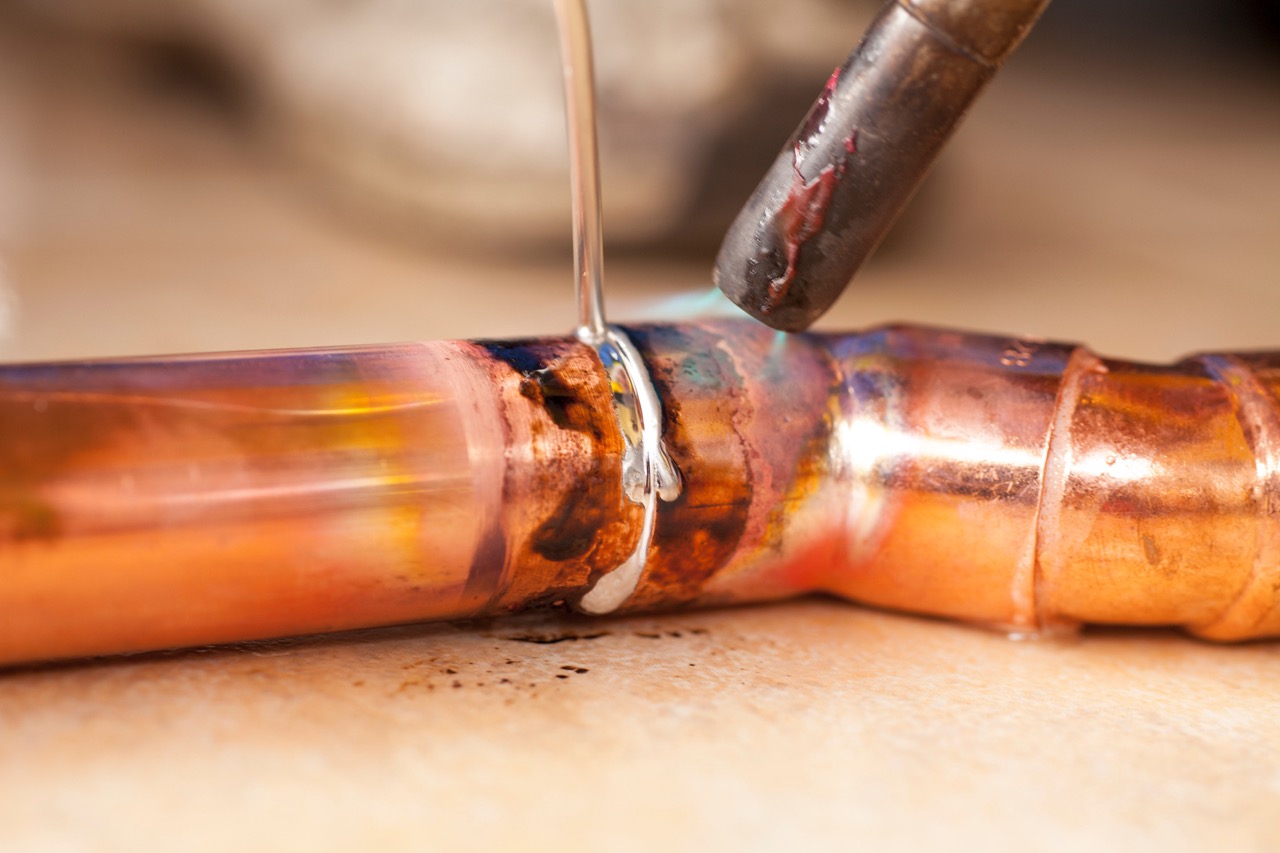
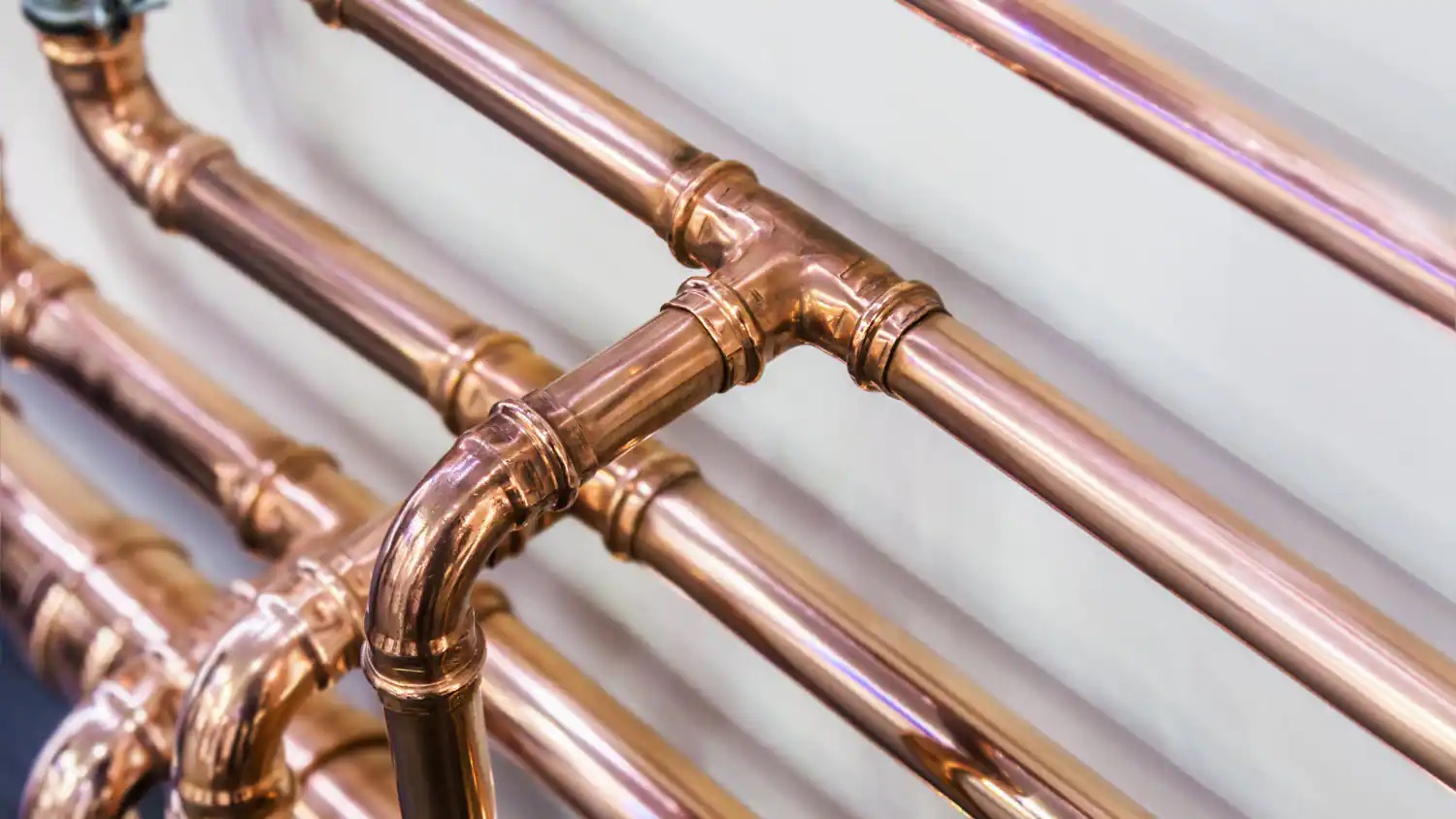
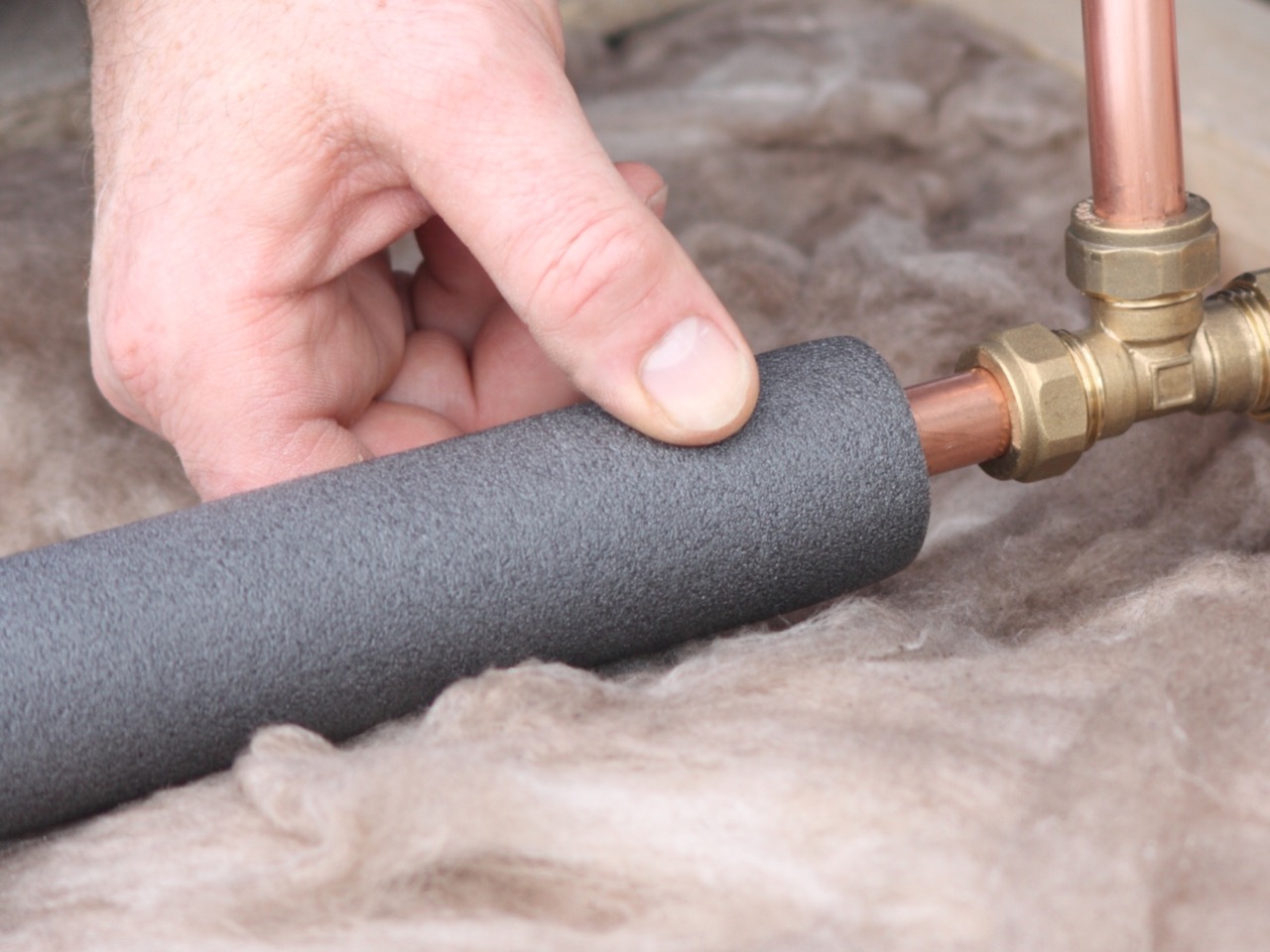
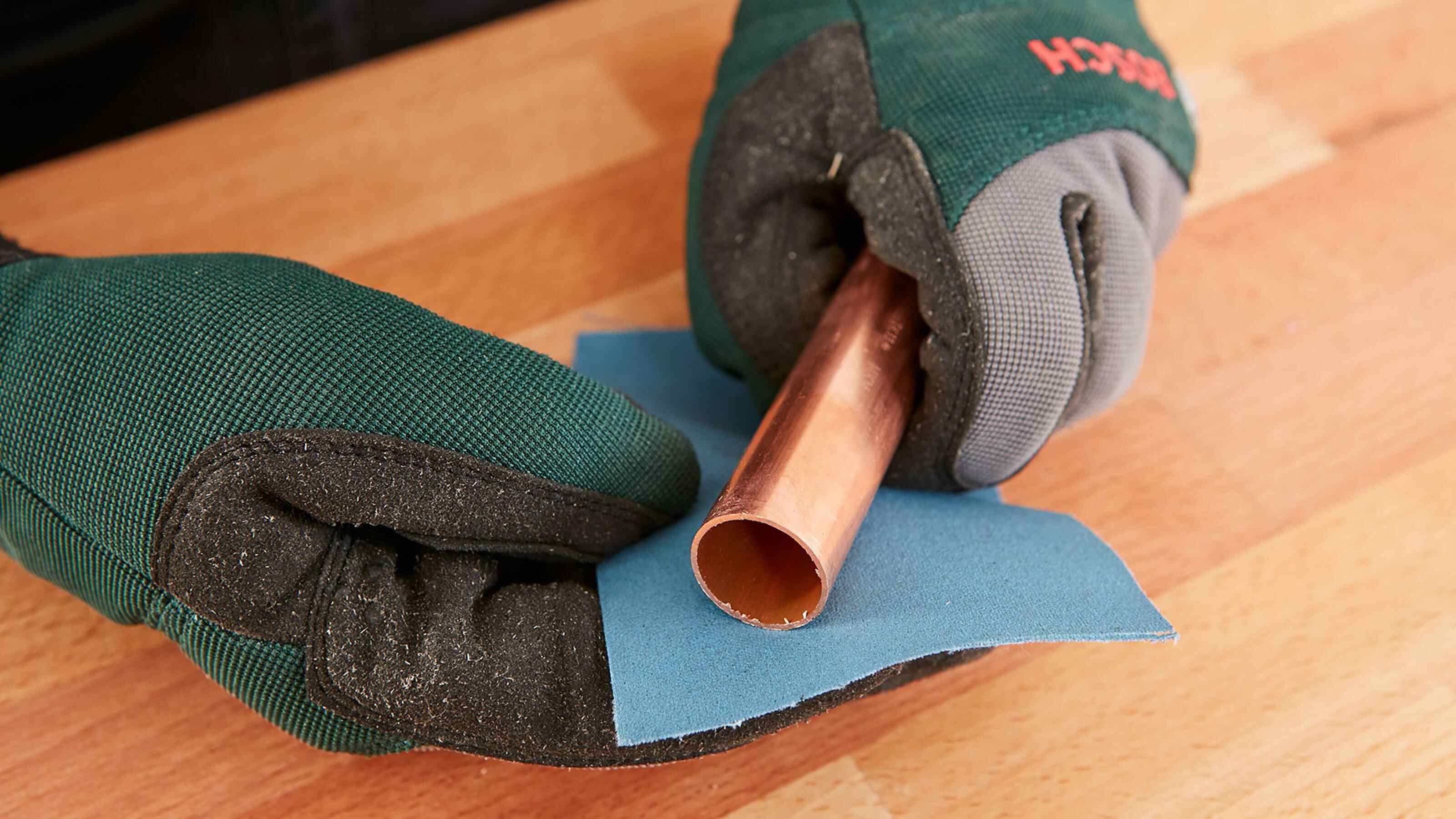
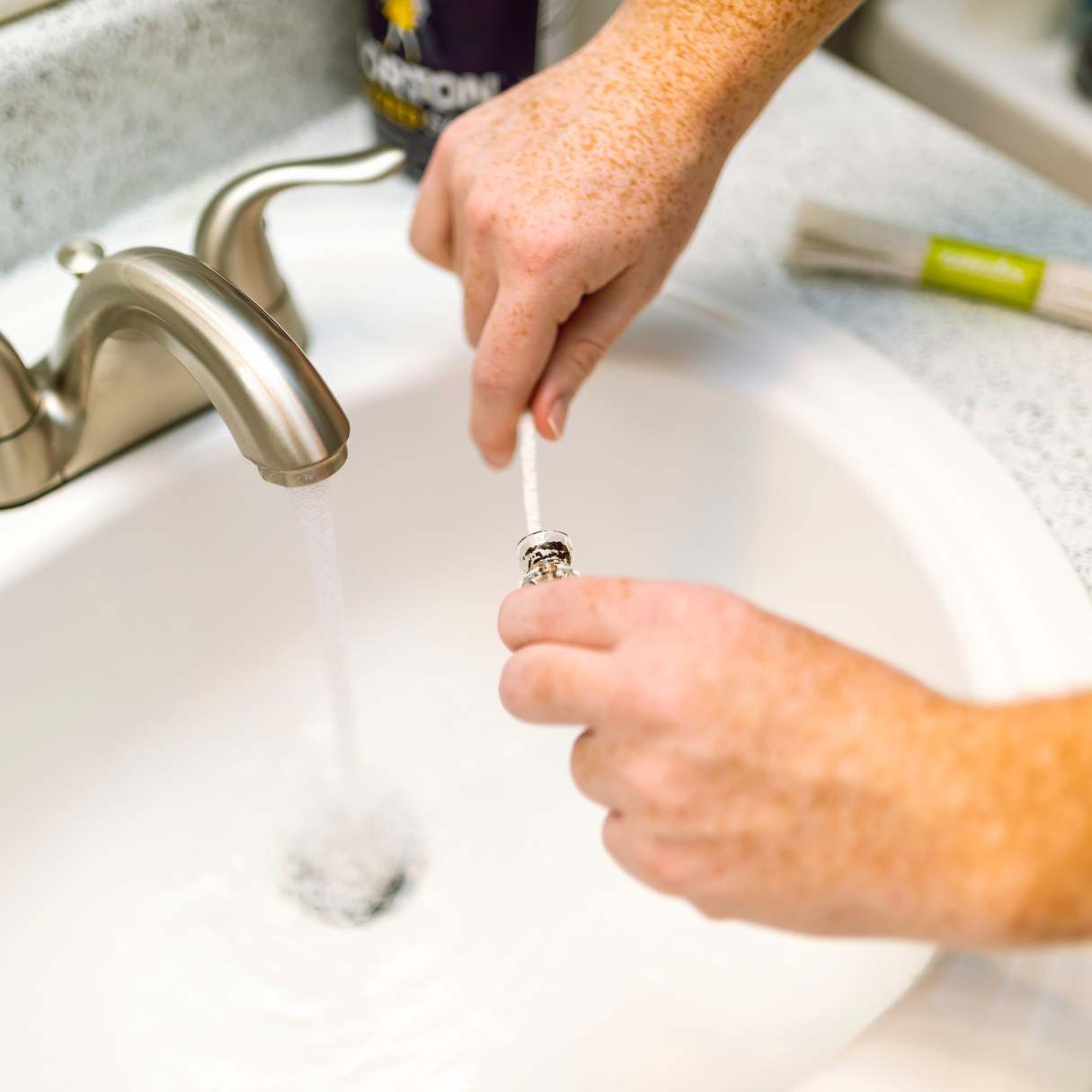
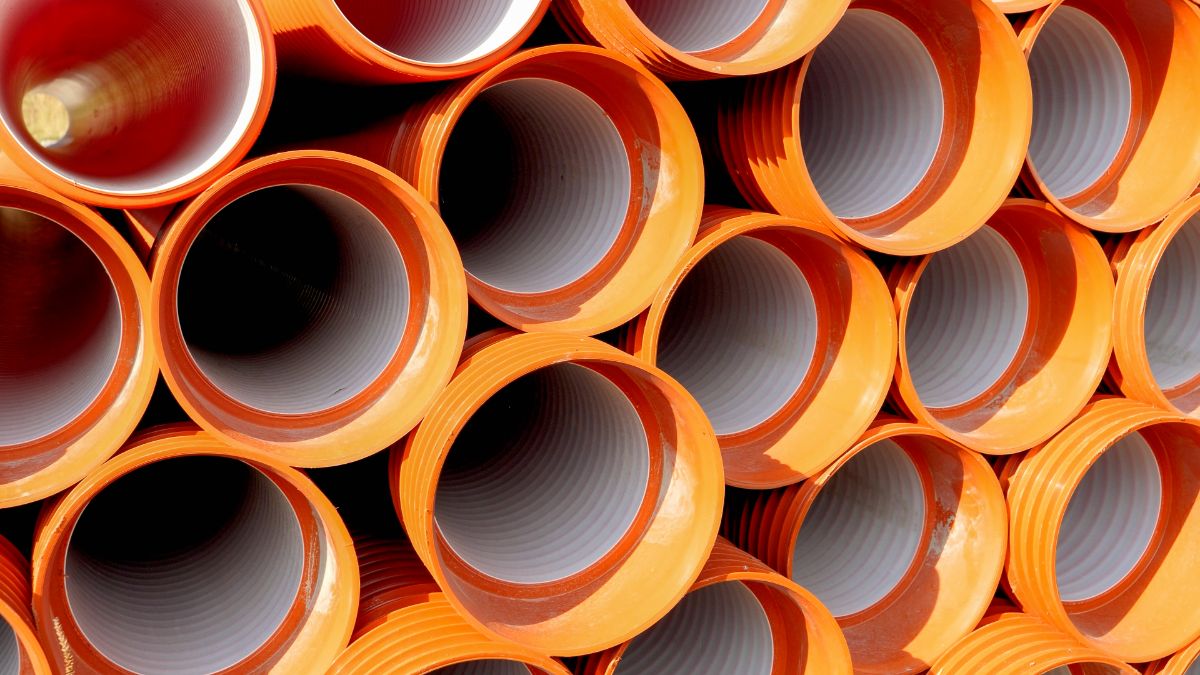
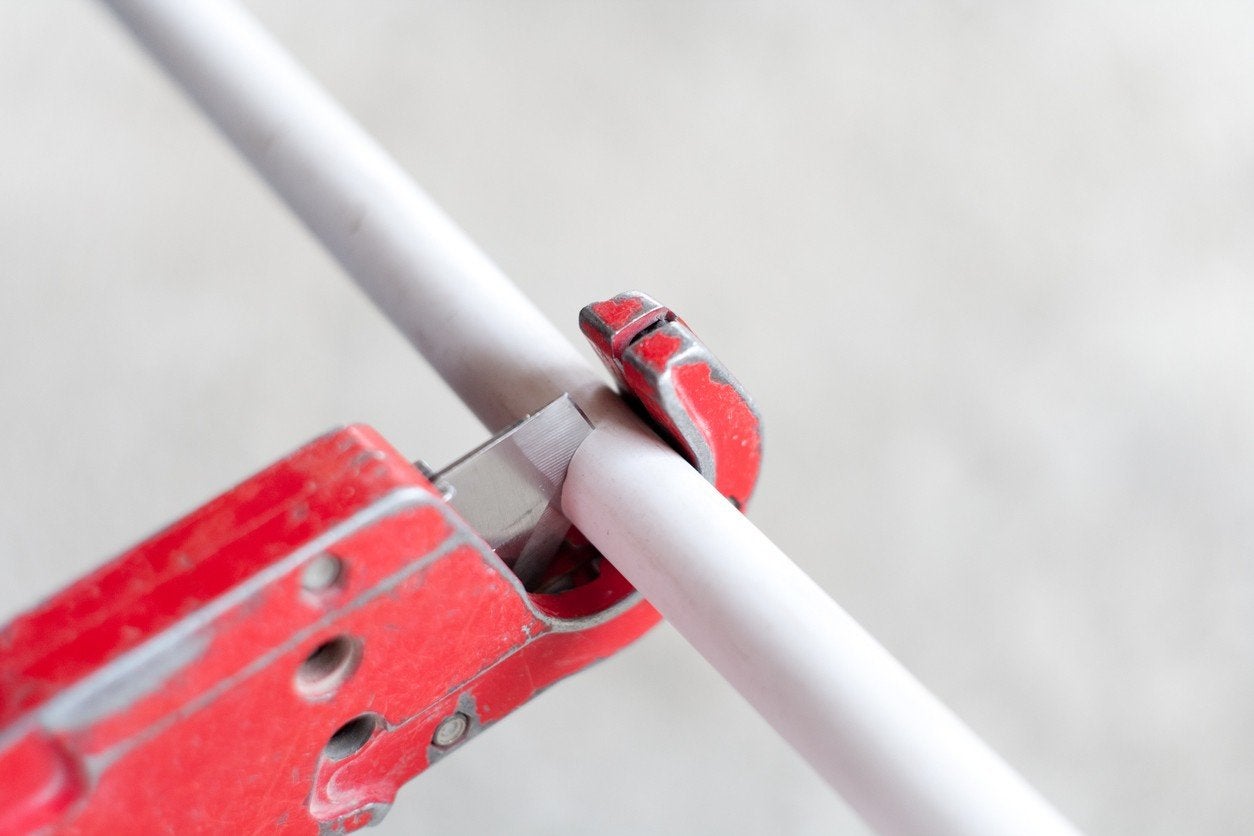
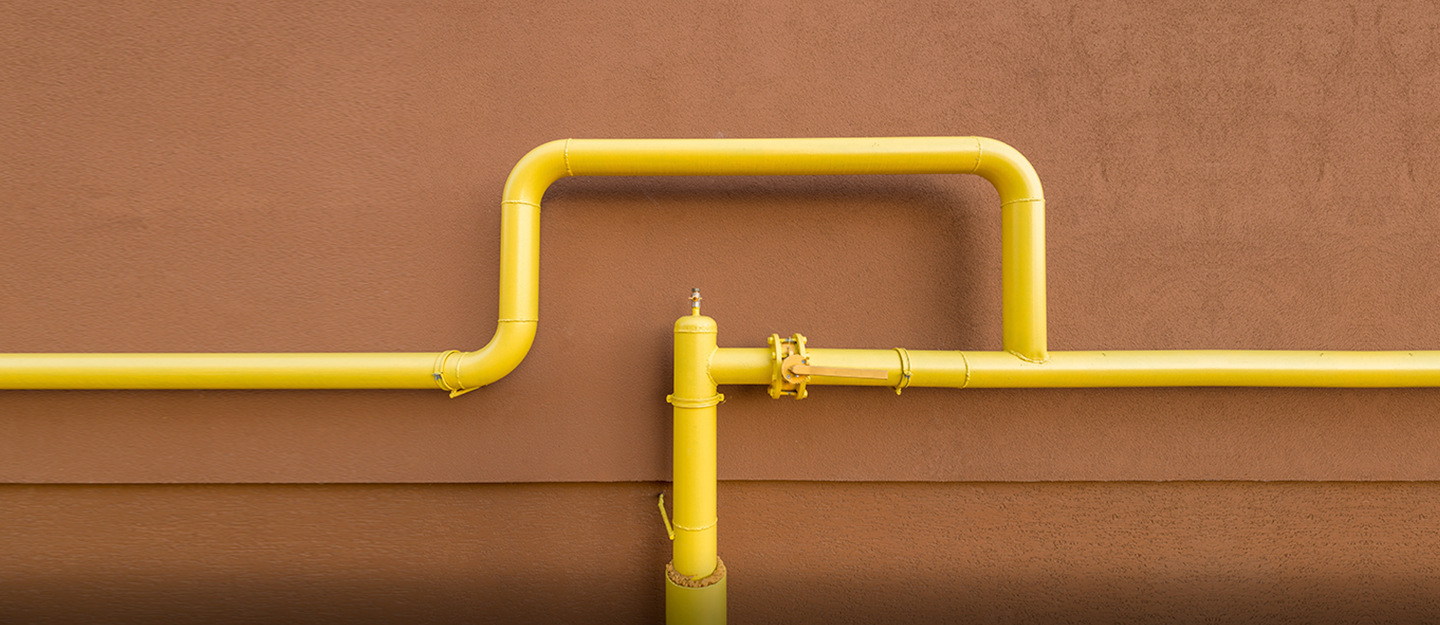
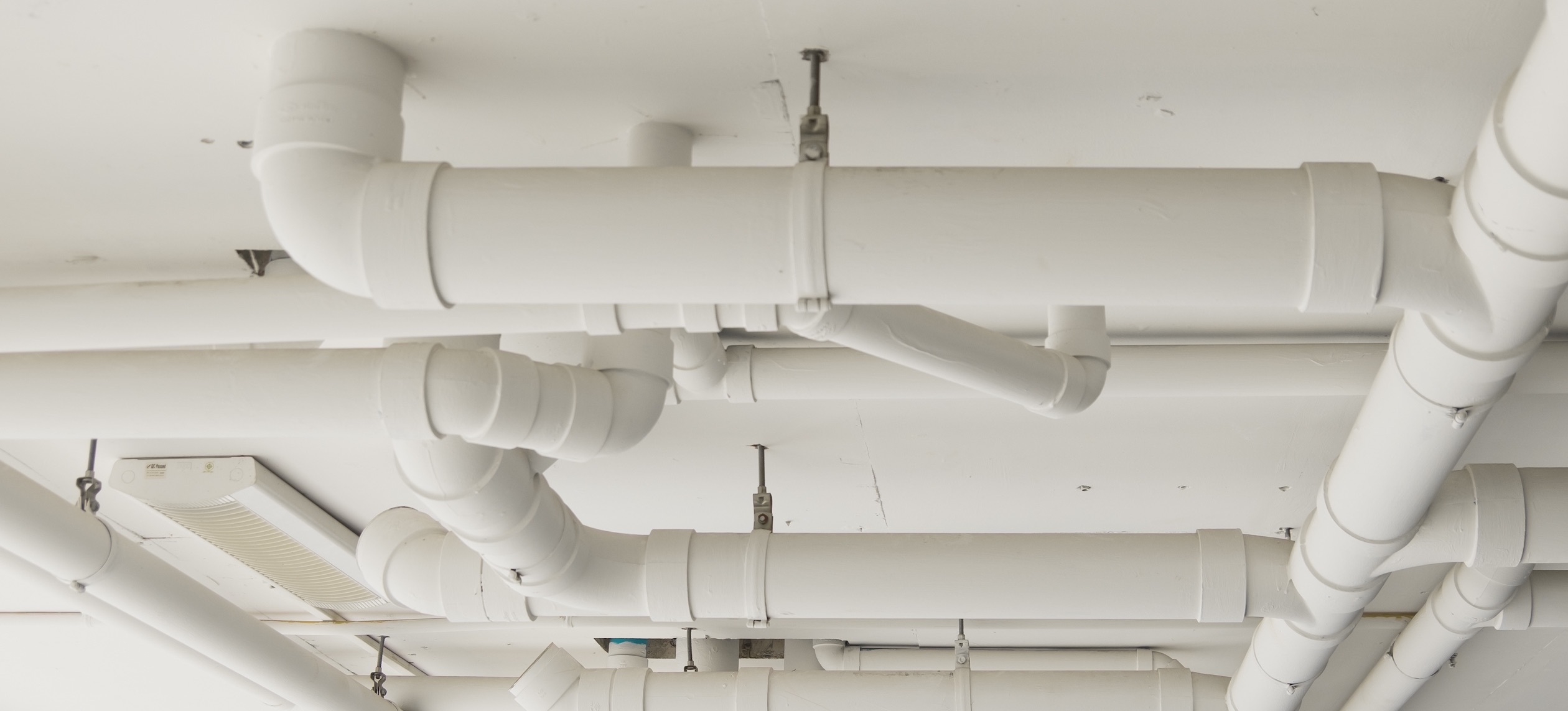
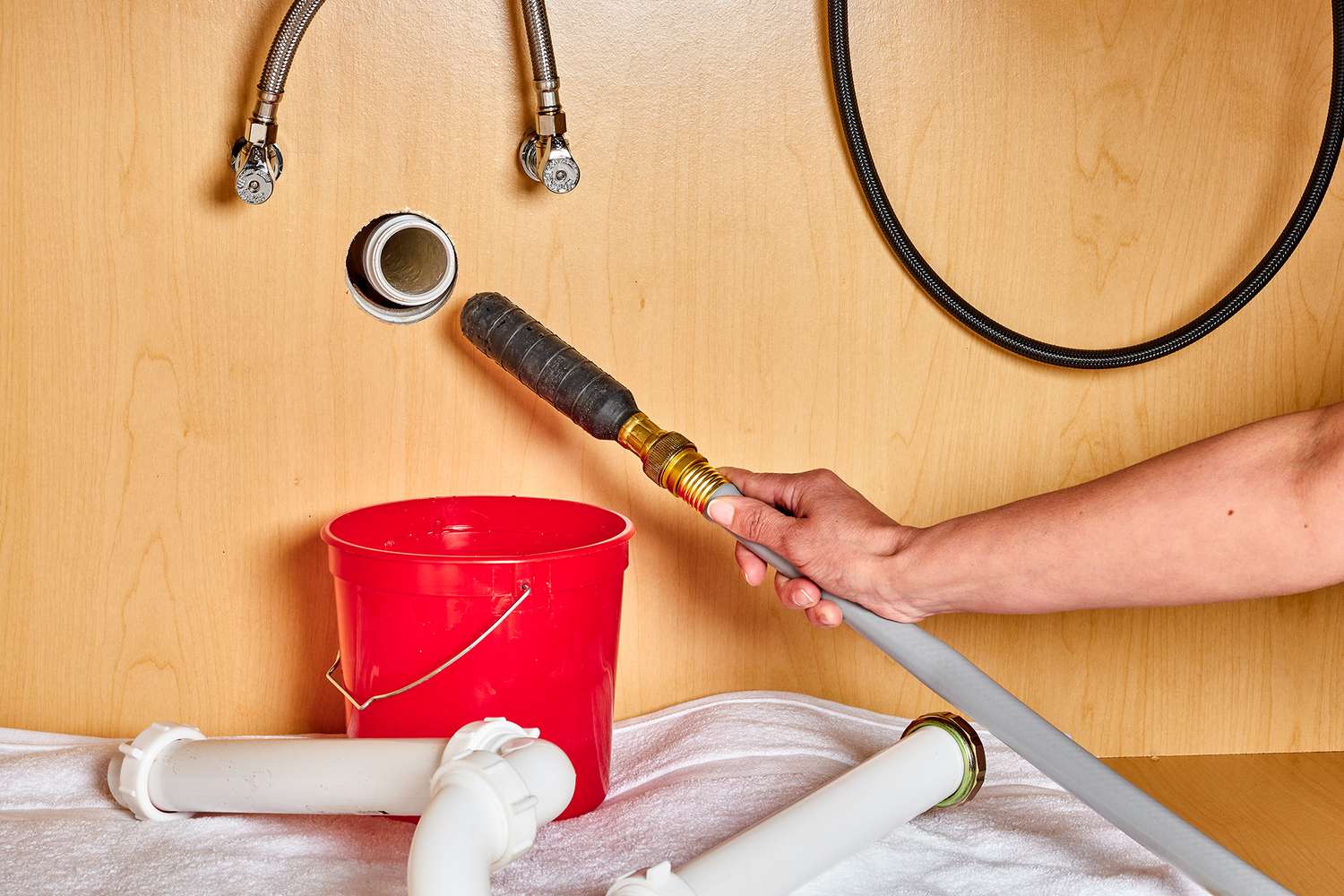
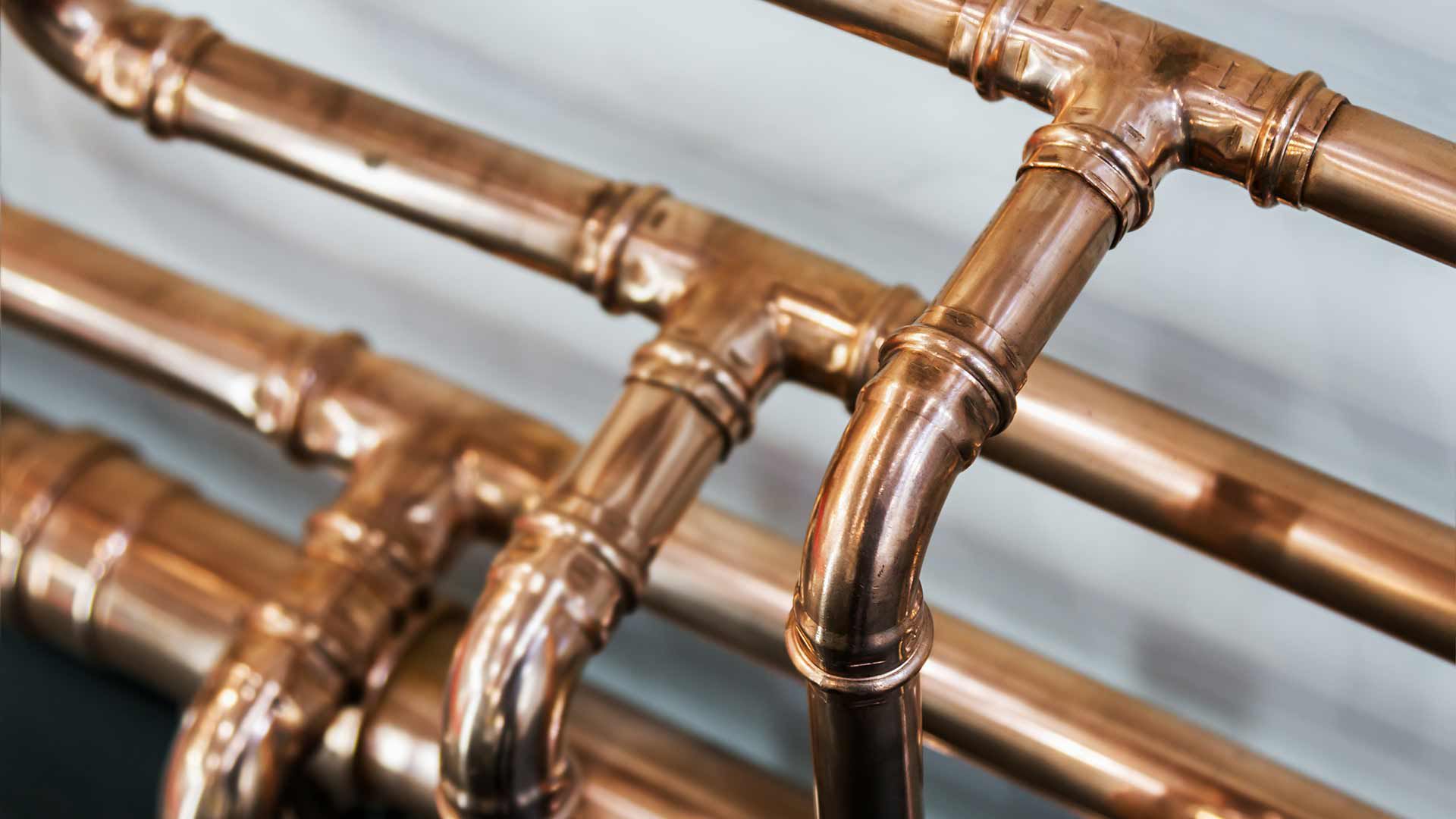
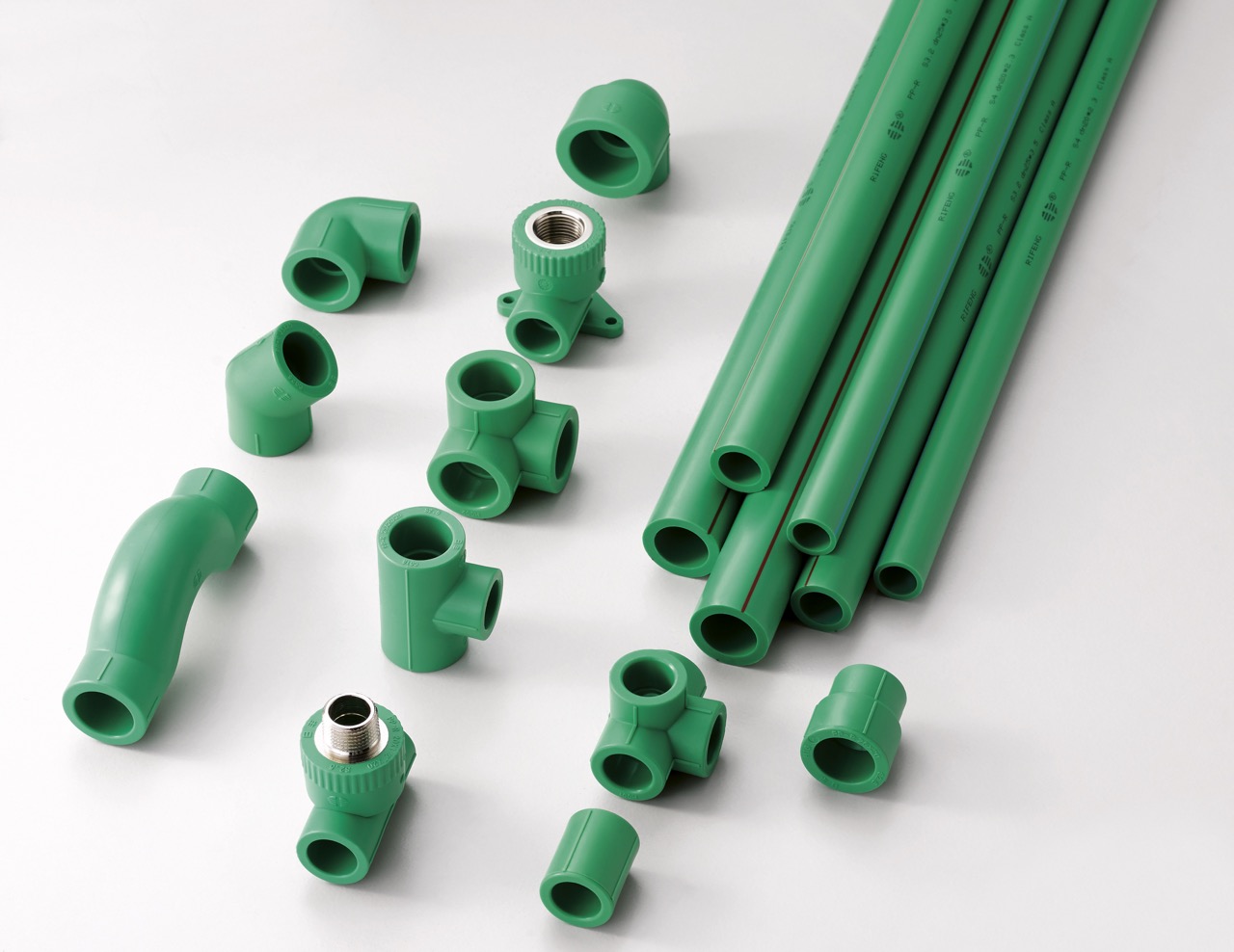
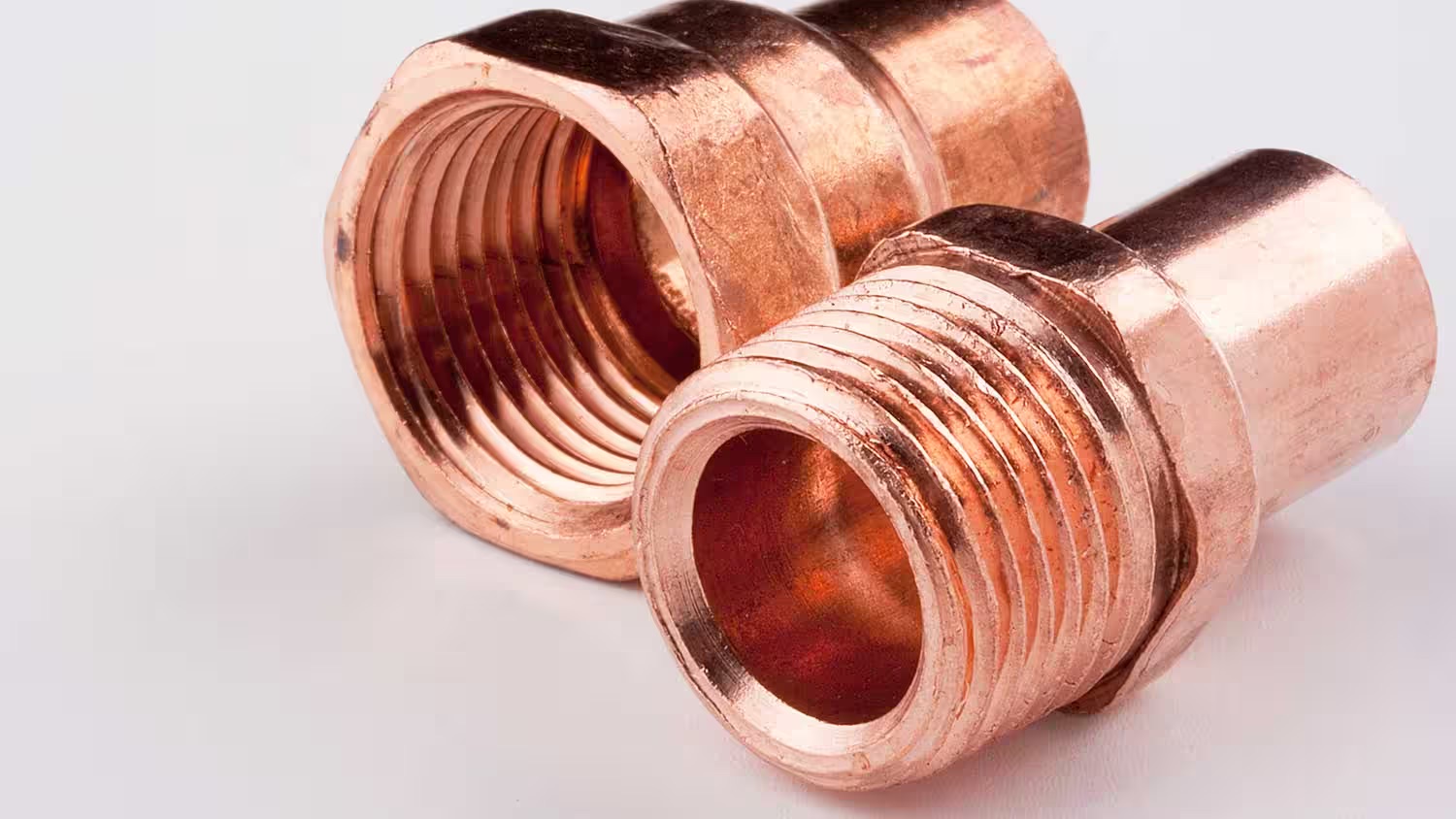

0 thoughts on “How To Repair Copper Plumbing Pipe”